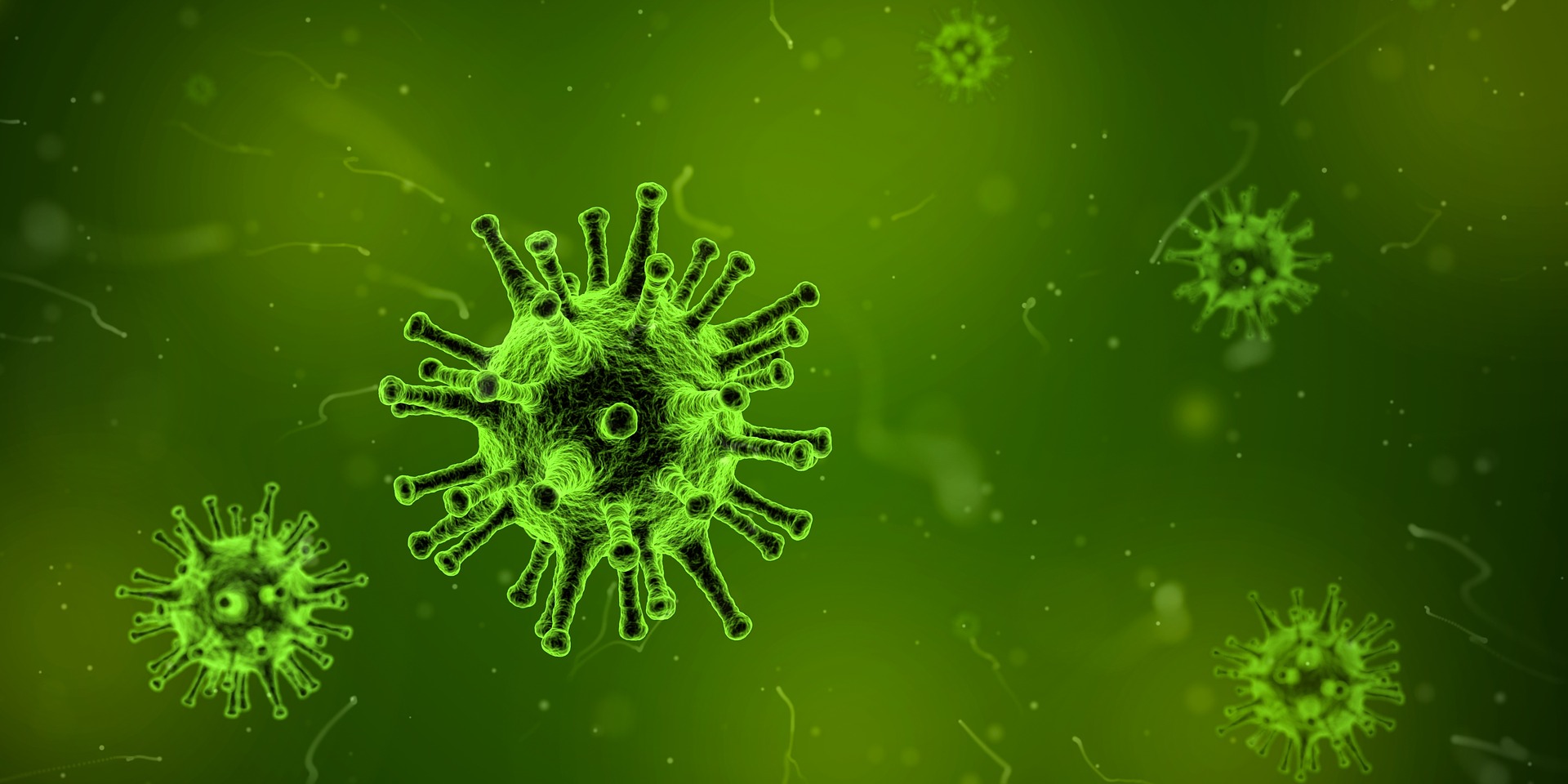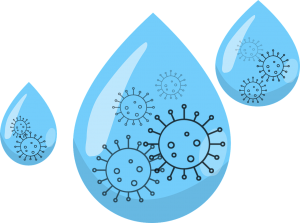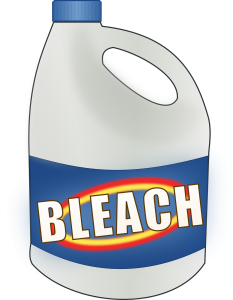How to Kill the Coronavirus
It’s quite difficult and concerning when we battle with something we cannot see, much more, something we don’t understand. We cannot just hide in fear, cripple our own finances, or worst, walking around carelessly not knowing we are infected or is infecting the people we love. What we know of is that this disease is caused by a coronavirus, and the best way to address this is learning how to kill the coronavirus to prevent the spread.
Below, we will discuss what is a coronavirus, how ist it transmitted and how we can prevent or kill it.
Need something cleaned?
What is a Coronavirus?
It is a family or group of related viruses (by RNA) that cause diseases in mammals and birds. In humans and birds, they cause respiratory tract infections that can range from mild to lethal [1]. We humans have been pestered by coronaviruses since 1930, and probably even earlier, only we didn’t have enough knowledge and science about it.
The current Coronavirus is called 2019 Novel Coronavirus (NCoV) that causes COVID-19. There are no established facts about its origins, but some scientists speculate they came from bats.

How does the Coronavirus spread?
The coronavirus itself cannot fly, swim, crawl or move, and relies on carrier modules such body fluids, but more specifically saliva droplets when someone talks, sneezes or coughs. This fact is very helpful because we know what to control – the spread of moisture infected with the virus and the spread of our body fluids of infected individuals.
Simply put, any infected person, knowingly or unknowingly, with symptoms or not, and is at the infectious phase of the infection, can spread the virus by just simply talking to people. When we talk, we spray tiny droplets unseen to the naked eye, and these droplets can carry the virus. This is the reason why wearing a facemask (surgical) is proven to reduce the risk of transmission by up to 95%, and maintaining a minimum physical distance of three and a half (3.5) feet or one (1) meter can even reduce the risk further.
 Another point of debate is the spread of the virus through infected surface contact. According to WHO, there is no confirmed timeline how long a COVID-19 virus survives in surfaces. However, most likely it behaves like other coronaviruses. Studies show that coronaviruses can survive on surfaces for a few hours up to several days depending on varied conditions (e.g. type of surface, temperature or humidity of the environment) [2]. Coronavirus just inactivates itself or just sleeps while on surfaces (upon drying) and gets reactivated again once conditions are optimal for them again (like in your mouth, nose or eyes). Given this information, touching surfaces with possible virus contamination will not make you sick, unless you did not wash your hands or disinfect prior to touching your mouth, nose and eyes after.
Another point of debate is the spread of the virus through infected surface contact. According to WHO, there is no confirmed timeline how long a COVID-19 virus survives in surfaces. However, most likely it behaves like other coronaviruses. Studies show that coronaviruses can survive on surfaces for a few hours up to several days depending on varied conditions (e.g. type of surface, temperature or humidity of the environment) [2]. Coronavirus just inactivates itself or just sleeps while on surfaces (upon drying) and gets reactivated again once conditions are optimal for them again (like in your mouth, nose or eyes). Given this information, touching surfaces with possible virus contamination will not make you sick, unless you did not wash your hands or disinfect prior to touching your mouth, nose and eyes after.
How to kill the Coronavirus
The methods that we are about to discuss below are ways of killing the virus outside of the body. All the methods mentioned are not to be used internally, like when someone is sick of COVID-19 already. In reality, our immune system is the one killing the virus inside our body, and no known medication has found to be effective in “killing” the virus itself. Vaccines in development are just therapeutic intervention to boost your immune system in case you get an infection.
Ultra Violet Radiation
We’ve seen this in a lot of places – hospitals, malls and even in your favorite salon. UV light sterilization is proven to kill microrganisms like bacteria and viruses by breaking its genetic material and rendering them unable to make a copy of themselves, BUT, UV Radiation can cause skin irritation, damage to your eyes, and cancer. With the proper use of UV radiation, you can stop the virus from multiplying, and with longer exposures and stronger intensities, it can kill the virus.
60 – 80% Ethyl Alcohol
This type of alcohol inactivates enveloped viruses like the coronavirus and in stronger concentration can break the virus itself (and your skin if you ever try applying more than 80% alcohol). Methyl and Isopropyl are more of germicidal (microbes like E. coli and Staph), and all alcohol lacks the means to destroy or inactivate bacterial spores [3]. This shouldn’t be the main go to when disinfecting or sterilizing surfaces as it can damage the surface you are protecting to begin with, be it your skin or wooden table. Even hospitals and surgeons would rather use different chemicals to completely sterilize utensils, equipment and surfaces.
Hydrogen Peroxide
This chemical is good for a wide range of bacteria, virus and fungi. At optimal concentration (6% – 25%) and duration application (6-20 minutes), it attacks the genetic material and kills the organism, proving to be a good sterilant. The only problem why we don’t use this widely is because it is difficult to maintain its efficiency during storage. Storing it on transparent or semi transparate containers, including poorly sealed containers can drastically reduce its efficacy.

 Chlorine
Chlorine
This pertain to Chlorine byproducts such as Hypochloric and Hypochlorous acid solutions/chemicals (household bleach). Chlorine, at the right concentration (5-6%), kills viruses, bacteria and fungi as long as you ensure that it is soaked for some time (30 seconds to 10 minutes depending on surface – don’t immediately wipe!). Chlorine breaks down a lot of things in bacteria and viruses, but it doesn’t mean you use it at full strength, nor add other chemicals such as alcohol to make it stronger. Chlorine products on its own emits chlorine gas which is toxic to humans, and adding chemicals other than water can produce fumes that can be lethal to the user.
Lauryl Dimethyl Benzyl Ammonium Chloride
A member of the Qauternary Ammonium Compound disinfectant solutions, they are known to be effective germicide, fungicide and virucide – specifically to enveloped viruses such as the coronavirus. It has been used in hospitals for a long time already, and the latest that it was widely used all over the world was during the SARS epidemic of 2002 with the use of Lauryl Dimethyl Benzyl Ammonium Chloride (LDBAC). It was proven to be effective, and at the same time does not affect the user nor the skin or surface you apply it on. It disrupts the envelope or membranes of bacteria, viruses and fungi, exposing its genetic material, and killing them entirely (these viruses, bacteria and fungi are literally skinned alive). Optimally, the disinfection procedure when using this chemical should involve eletrostatically charging the solution to get a long lasting disinfection effect.
In anyone’s search on how to kill the coronavirus, it is very important to point out that using any of these methods and chemicals requires extra attention to safety, duration of exposure be it the user or the surface, and the strength or concentration for them to be fully effective. It is always best to check with the instruction label or manufacturer’s recommendations to ensure you are using the product correctly.
Do you want to learn more on how CMDA Cleaning Services can help you, your family, or your office fight against COVID-19? Send us an email at inquiry@cmdacleaning.com, or call/text us on any number mentioned above. Let’s all be well and healthy, wear a face mask, wash our hands frequently, maintain a 1-2 meter physical distance to non-family members, and stay at home if we can. Stay covid-free!
